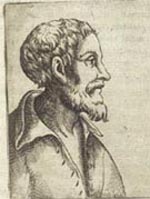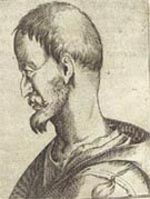|
About Physiognomy
Etymologically, the term ‘physiognomy’ derives from the Greek for judgement (gnomon) on nature (physis). Historically, physiognomy constitutes an activity which seeks to understand personality and identity by analysing the body and especially the face. A form of knowledge with roots in Antiquity, physiognomy has a long history in Arab and western civilisations through the Middle Ages, and is also found in other cultures (Japan, China, India, etc). Extensively revised in the Renaissance, the discipline suffered a lull of interest in the mid eighteenth century. It was revitalised from 1775 by the influential work of Swiss pastor, Johann Caspar Lavater.
Throughout the period from 1500 to 1850, physiognomy touched, and had a bearing on, a very wide range of disciplines and activities. These include
- the visual and performing arts (painting, sculpture, photography, literature, drama, etc, particularly through analysis of the expression of the passions);
- aesthetics (in debates over notions of beauty);
- theology and philosophy (the study of the face allegedly revealed the nature of the soul);
- anthropology (through facial analysis in different civilisations);
- law, government and criminology (notably through efforts to define criminal facial traits. Facial description featured in protocols developed for identifying vagrants, deviants and criminals from the Renaissance onwards);
- the ‘occult sciences’ (physiognomy linked to astrology, palmistry and metoposcopy [the analysis of forehead lines and other facial markings]);
- political history (for example, analysis of facial gesture was a significant activity in royal courts from the Renaissance onwards. Physiognomy also made a significant contribution to the emergence of political caricature in the early nineteenth century);
- medicine (physiognomical analysis overlapped with medical semiotics, and also bore on prosthetic surgery);
- psychology and psychiatry (the analysis of an inner self through external signs has been held to prefigure modern psychiatry).
In some senses too, physiognomy confronted the very limits of human identity as regards differences between men and women and between animals and humans, as well as concerning human relationships with various forms of the monstrous.
Images from: Le Brun, Caractères des Passions (1696). |
|
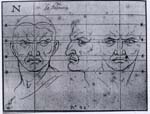
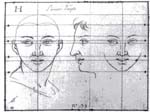
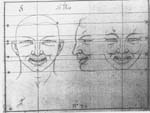
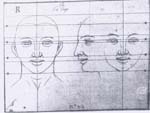
|
|
